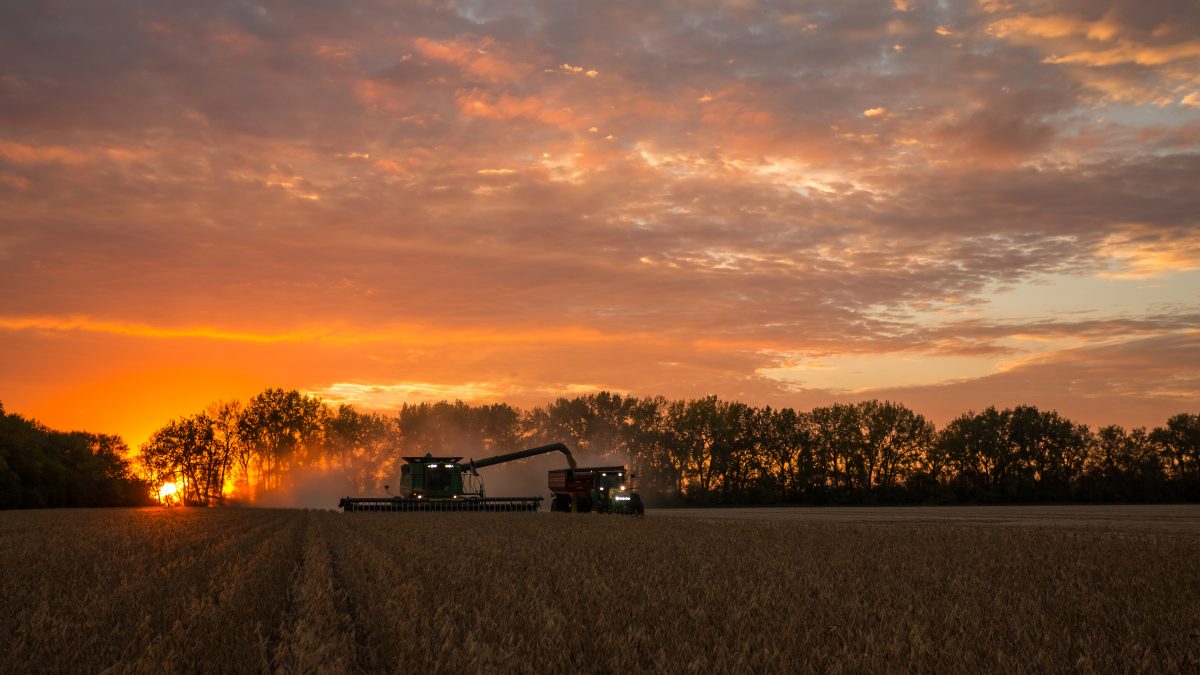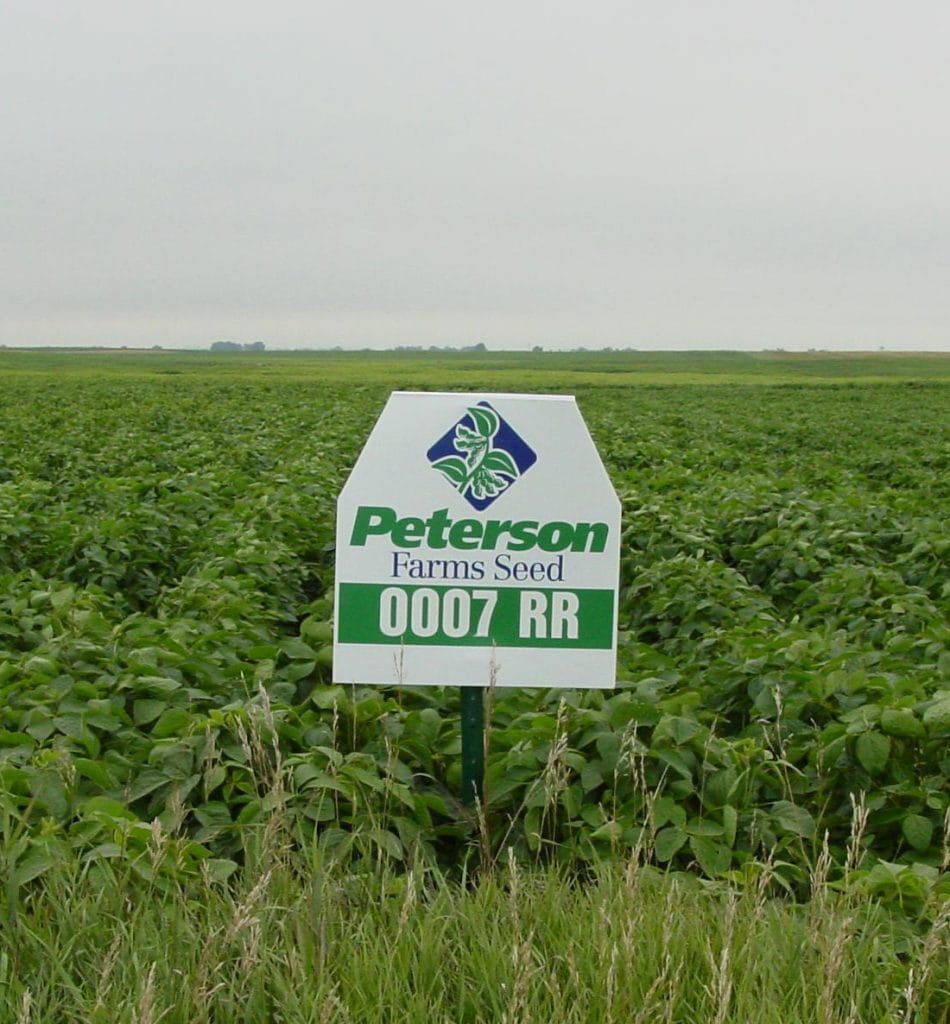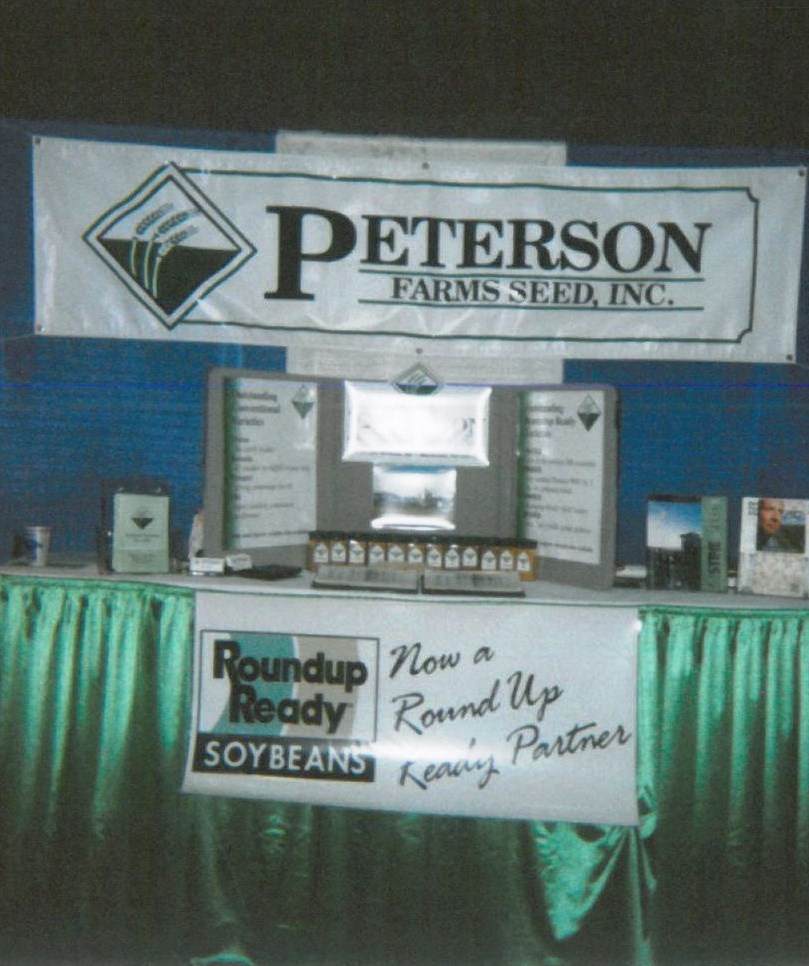The RR2Y Sunset: Hug Twice, Say Goodbye Three Times

The past 20 years have been monumental for the ag industry. We have witnessed innovations that have systematically increased the profitability and effectiveness of farm operations across the globe. Looking back, there have been many game-changers that have shaped and reshaped farm performance. However, one stands out above the others. In 1996, the introduction of a single trait set the stage for the future of production agriculture: Roundup Ready.
For over 20 years, farmers have enjoyed the convenience that the RR trait has allowed. Since its inception, it has evolved to its current form: RR2Y. In the last several years, specifically in soybeans, the effectiveness of Roundup as a standalone weed destroyer has diminished because of increased weed resistance.
Industry and growers alike are turning the page and moving forward. We are all doing what needs to be done to continue producing food for our fellow man. As they say, “all good things come to an end.” For some, change is welcomed. For others, it is much more difficult. For the benefit of all, saying goodbye to our beloved RR2Y soybeans won’t be immediate. It will be much more Scandinavian: hug twice, say goodbye three times and make sure to honk twice on the way out the driveway for good measure.
Like always, innovation is conceived from necessity. Currently, we are watching history in the making and the new era of weed management will be exciting! We will once again see cleaner fields and genetic innovation will push yields and there will be no need go back.
Right now, three traits are available: RR2Y, LibertyLink, and the new RR2 Xtend soybeans. How to choose which is best for the farm? Strong, proven, genetic varieties should be at the top of the priority list. After that, weed management by trait should follow, utilizing multiple modes of action. Using more than one trait on the farm will require more spray tank cleanings to avoid contamination. However, incrementally placing the new technologies, while keeping a few of the tried and true genetics that you know perform well on your farm, will prove to be a cost-effective advantage.
It won’t be long until additional traits are approved bringing more opportunity for increased weed control. Incremental support of these new technologies will help you and your agronomist identify which traits and varieties work best on your farm. This support will, in turn, make the transition much easier and more profitable.
The last 20 years have been amazing and full of transitions and innovations. We at Peterson Farms Seed can’t wait to see how our customers will thrive with the innovations coming in the next 20.













